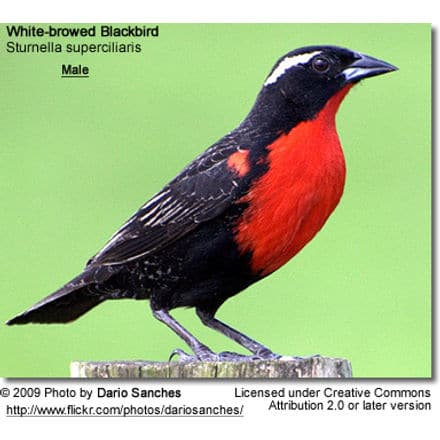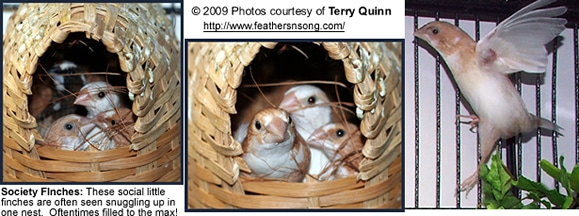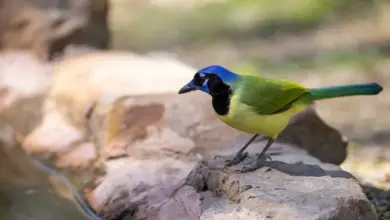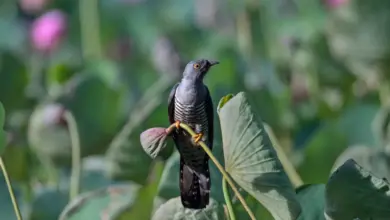Bird Houses & Nesting Box Plan for Owls, Flickers and Woodpeckers
.
This nestbox is suitable for:
- Flickers
- Lewis Woodpeckers
- Other Woodpeckers
- Saw-whet Owls, Pigmy Owls
- Other Owls
- Grackles
- Starlings
Suitable Nestbox Size: ~ 12 ” inches tall. No perches at the entrance holes as they would aid predators. Stuffing the nestbox about half full with wood chips will discourage other birds from seeking out nesting opportunities, plus the process of excavating cavities encourages nesting behaviors in woodpeckers.
Floor Dimensions: about 7″ x 7″
Material to be used: Red Cedar (more durable than other wood material), rough cut boards, or exterior-grade plywood at least 1/2″ thick. Unpainted. Ventilation openings on the floor and under the roof. However, some experts disagree with the notion that ventilation openings are needed at all. Please refer to this article for further information. This may also depend on the location of the nest box, exposure to direct sun as well as material used to build the nest box.
Entrance Hole: About 2.5 in diameter to keep the larger birds out, about 14 inches above the floor.
Roof: Hinged, secured with shutter hooks. Sloped down, overlapping on the sides and the front reduces exposure to rain and makes it more difficult for predators to get to the chicks or eggs.
Hardware: Best to use corrosion-resistant, stainless steel and dichromate plated screws
Predator Guard: An inverted metal cone attached below the next box will provide some protection against predators.
Position:
Affix nest box to posts with partial sun and shade, about 5 – 10 feet above the ground. The entrance hole in particular should be protected from the elements as much as possible.
Suitable areas would be along forest edges, with easy access to water.
Position the nest far enough from roads, paths, or trails to minimize disturbance.
Take the nest box down after each breeding season, and repair and sanitize it before reusing it.
Choosing and Setting up Nest Boxes … Feeding Hummingbirds … Feeding Wild Birds





